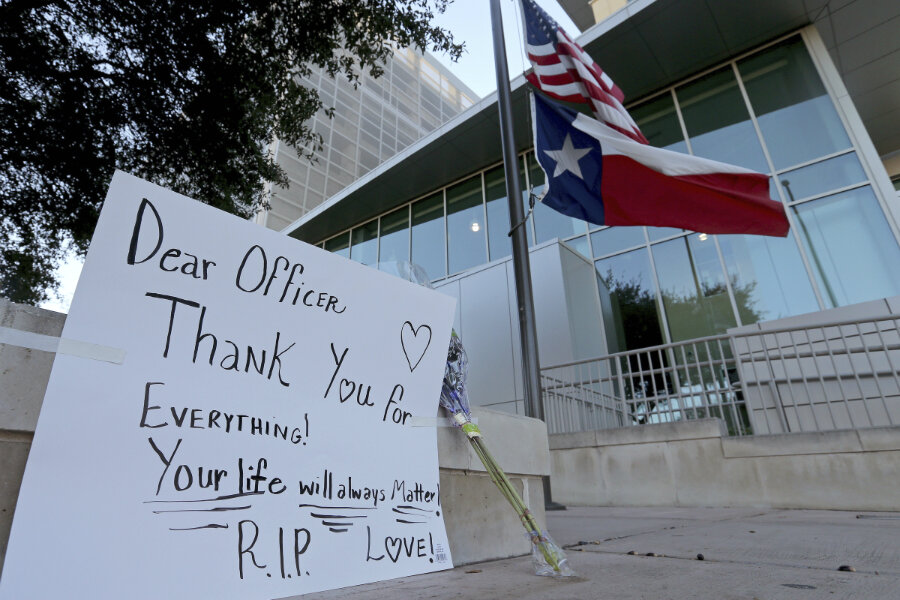Two Sunday attacks add to recent rise in fatal shootings of US police
Loading...
Two ambush-style attacks on police officers more than 900 miles apart on Sunday left a detective in San Antonio dead and a sergeant in St. Louis critically injured.
The suspect in Missouri was killed in a shootout with police, and the attacker in Texas remained at large Monday morning, so each shooter's motives remain unknown. But a recent increase in police deaths comes during a year of deepening suspicion between law enforcement and the communities they serve.
"It's always difficult, especially in this day and age, where police are being targeted across the country," San Antonio police Chief William McManus said, identifying Benjamin Marconi as the detective who was shot to death Sunday morning while writing a traffic ticket in his squad car, near police headquarters.
The fatal shooting came less than five months after five officers in Dallas were killed by a sniper who targeted them as they worked a peaceful protest against fatal police shootings of black men in Minnesota and Louisiana, marking the deadliest single day for American police since the 9/11 terrorist attacks nearly 15 years prior.
Less than two weeks after the Dallas attack, a man in a ski mask killed three officers in Baton Rouge, La., and earlier this month, two officers were fatally shot in separate ambush attacks as they sat in their patrol cars in the Des Moines, Iowa, area.
Excluding accidental gunfire, Detective Marconi is the 58th officer to be shot dead in the line of duty so far this year, according to Officer Down Memorial Page. With more than a month to go in 2016, that's already a nearly 50-percent increase over the 39 gunfire fatalities recorded last year and higher than each year since 2011.
The National Law Enforcement Officers Memorial Fund, a separate organization that tracks police deaths using a different methodology, reported that 59 officers had been killed by gunfire so far this year, as of Sunday, bringing the total preliminary number of line-of-duty deaths to 125.
"Officers are being targeted based on the uniform they wear and the job they perform," Steve Groeninger, the Fund's senior director of communications and marketing, said in a statement to The Christian Science Monitor. "American law enforcement personnel work hard to protect the citizens of our communities, and we owe the a debt of gratitude."
While the uptick in recent years is legitimate cause for concern, the number of officer fatalities remains low compared to recent decades, as The Christian Science Monitor's Max Lewontin reported in July:
When looking at the rise in police killings shown in the report, ... by the National Law Enforcement Officers Memorial Fund, criminologists observe that the numbers have often fluctuated from year to year. While closely tracking fatalities is valuable, they say, increases over a brief period shouldn’t be confused with the larger trend: shootings of police have declined dramatically since a high in the 1970s, driven in part by changes in policing, such as the use of body armor.
St. Louis police Chief Sam Dotson declined to name the officer shot Sunday night as he sat in traffic, but he said the father of three is expected to recover.
"This just shows the dangers of policing, not only here in St. Louis but around the country," Chief Dotson said.
Material from The Associated Press was included in this report.








